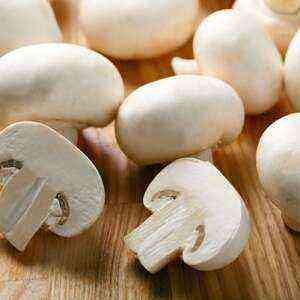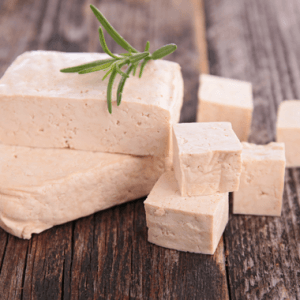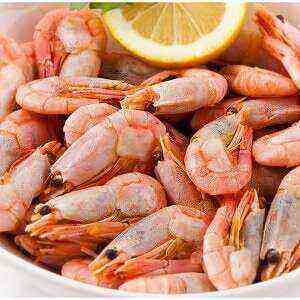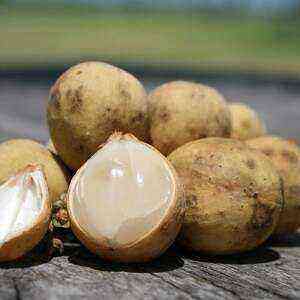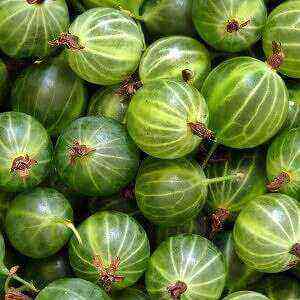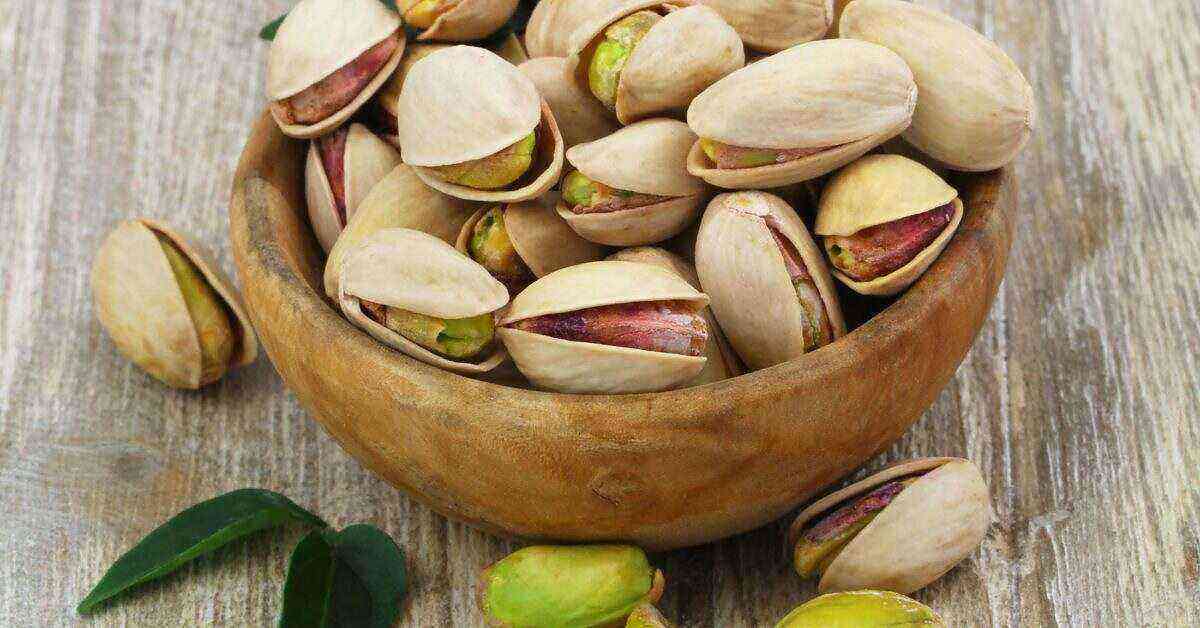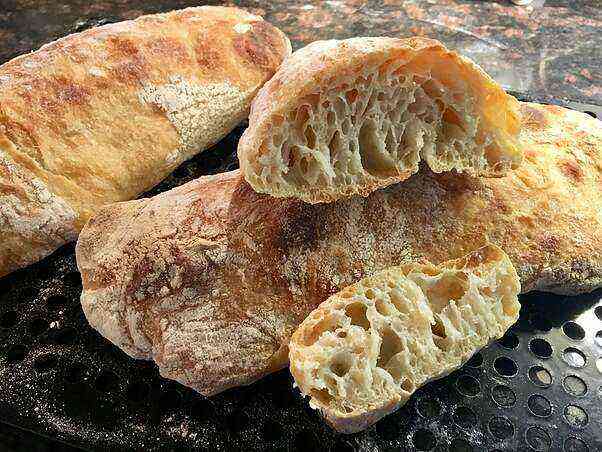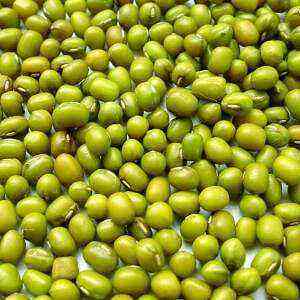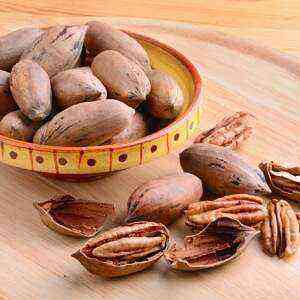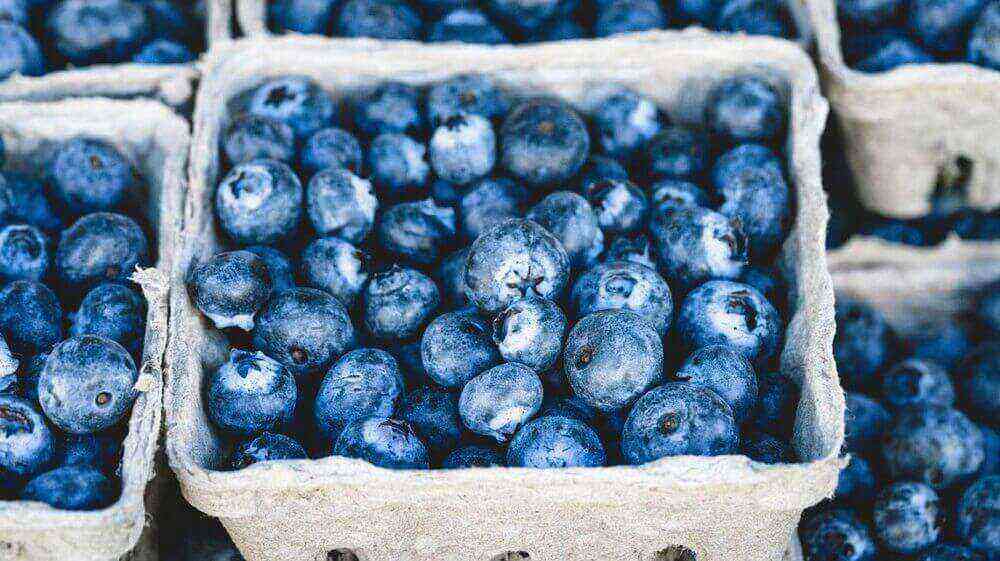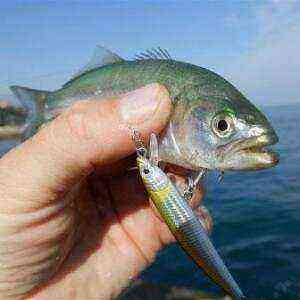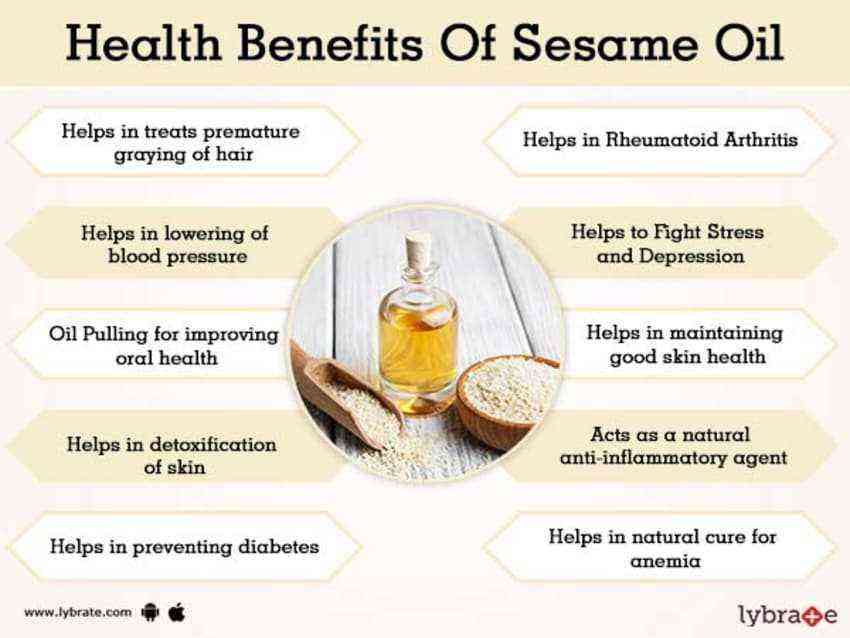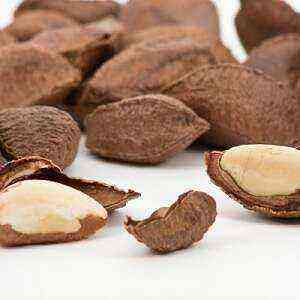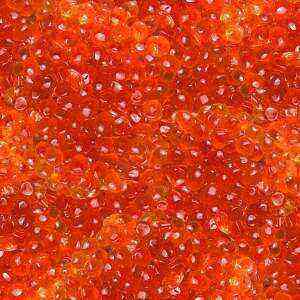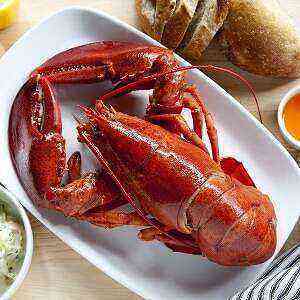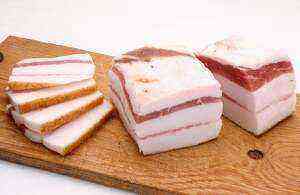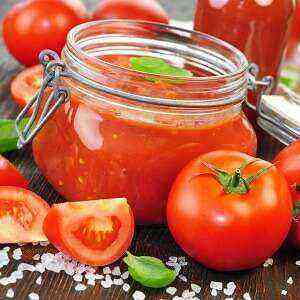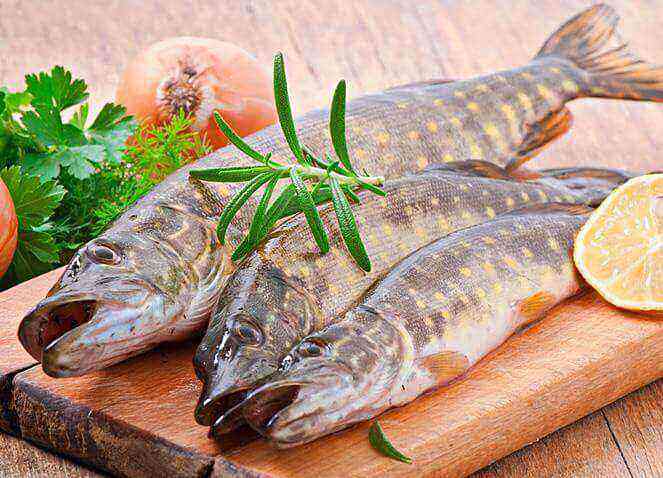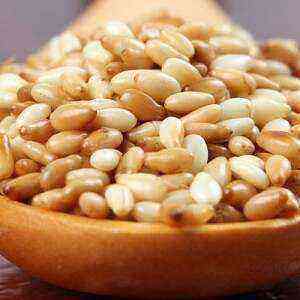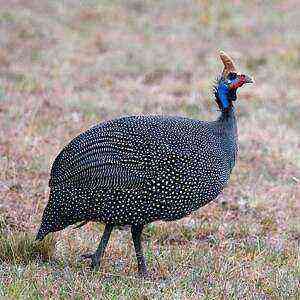
Guinea’s eggs burst onto the shelves of shops, and then on the kitchen tables of citizens. The exclusive product is gradually moving from farmers’ markets to well-known retail chains like Auchan. Guinea fowl eggs are superior to chicken eggs in terms of nutritional value, nutritional value, vitamin composition and nutrient balance.
General characteristics
Guinea fowl is a representative of the genus of chickens of the guinea fowl family. In total, the genus includes more than 30 subspecies, but most of them are being questioned. Depending on the habitat, there are 9 main subspecies of guinea fowl.
Birds prefer a gregarious lifestyle to protect each other from dangers. Individuals, due to the large number of enemies, have learned to warn their relatives about the impending danger. As soon as the guinea fowl feels trouble, it begins to yell shrilly, notifying other guinea fowls of the impending storm. The birds are perfectly built, thanks to which they can run quickly, in case of danger they prefer to climb the wing. Guinea fowls spend the night in the trees, again, for maximum safety.
The guinea fowl resembles a miniature copy of a peacock without an elegant tail. In a domesticated bird, a heterogeneous process is formed on the crown of the head, a fleshy beard of red color. The beak of the representatives of the order is hooked, slightly flattened and short. The wings and tail are small, short, rounded. The color of the guinea fowl can vary. The most common variation is a deep gray shade with white spots in a circle with distinct black edges. The upper part of the chest and the back of the head are painted in lavender.
A Brief Historical Reference
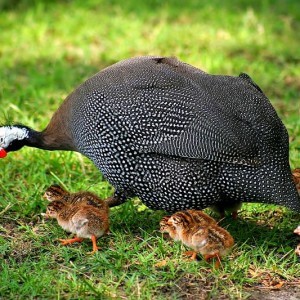
The appearance of the guinea fowl in the United States was associated with some benefit for the state. The bird actively eats ixodid deer ticks, whose invasion Americans suffer annually from June to August. These mites carry encephalitis and destroy the structure of lawns and flora. The royal birds did not disdain such work, so they gladly began to destroy the cause of the insanity of the American people.
Guinea fowls have perfectly adapted to the new habitat. They can be kept in cages or rooms as well as on large free farms. Guinea fowls very rarely get sick, get along well with other owner’s pets, but continue to stray into flocks with relatives for safety net. In addition to dietary meat, poultry also provides protection against harmful insects. Small pests are a farmer’s nightmare and a favorite treat for guinea fowls. Many people fell in love with the temper, functionality and taste of guinea fowls, that they began to be bred on a par with domestic chickens, quails and turkeys.
Useful properties of the product
Guinea fowl is recommended to be introduced into the diet of patients with iron deficiency anemia, diseases of the nervous system (both central and peripheral). Cobalamin (B12) and riboflavin (B2) will help the body to quickly cope with pathology with minimal damage to the immune system. The same riboflavin (B2) normalizes the digestive system, relieves symptoms of physical and psycho-emotional overstrain. The vitamin is often prescribed during pregnancy and lactation to support the health of the mother and convey maximum benefits to the baby.
Caesar meat is the most nutritious and valuable in comparison with chicken or quail. 95% of the amino acids in the composition will have a beneficial effect on both children and seniors.
The real benefits of the ingredient:
- strengthening, saturation and restoration of the body, thanks to the rich vitamin composition and nutrients;
- acceleration of metabolic processes;
- strengthening of vascular walls, prevention of cardiovascular pathologies;
- normalization of cholesterol levels;
- help in the treatment of anemia (anemia);
- prevention of diseases of the gastrointestinal tract, organs of vision;
- minimization of skin rashes (depending on the specifics of the rash and the cause of its appearance);
- helping the body in the treatment of infectious and colds.
Chemical composition
Use of the ingredient in cooking
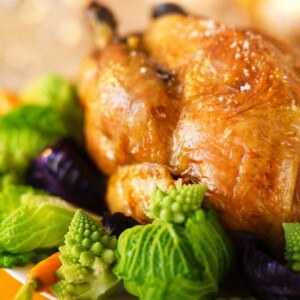
Guinea fowl eggs can be used for such dishes:
- boiled appetizer;
- omelet;
- omelette;
- dough;
- special mixture for greasing molds and baking.
From the carcass of the guinea fowl itself, the second courses work best. Poultry can be baked, stewed, fried, boiled, made into soup or gourmet appetizer. But chicken tobacco from guinea fowl cannot be cooked – in the composition of the poultry there is much less liquid in comparison with the chicken. The meat will become dry and completely tasteless.
The most successful culinary experiment with guinea fowl is smoking. You can buy a ready-made dish or smoke the product yourself. The carcass must be kept in a salty solution for several hours, then smoked with your favorite spices and herbs to get a divinely rich taste.
Recipe for guinea fowl stuffed with curd cheese and ham
Nutritional value (based on the 1 portion of the finished dish)
Caloric content 1549 Proteins 201,9 g Fats 66,5 g Carbohydrates 26,7 g
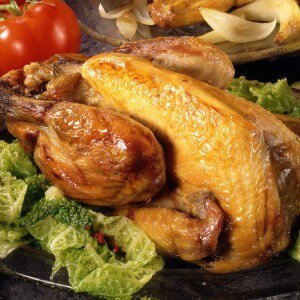
- remove oil from the list of ingredients (you can replace the most useful one with coconut oil);
- Replace bacon with a lower-calorie meat or green ingredient (such as spinach);
- give up any manipulations with the pan and cook the dish exclusively in the oven.
Such changes will affect the taste of the dish. Look for your healthy, tasty combinations, and don’t be afraid to experiment!
We need:
- guinea fowl – 2 carcasses;
- curd cheese (both classic and with filler can be used) – 400 g;
- garlic – 10 denticles;
- greens to taste – 100 g;
- bacon – 100 g;
- celery – 1 stalk;
- carrots – 2 pieces;
- onions – 4 pcs;
- frying oil to taste – 50 ml;
- Spices to taste.
Preparation
Rinse the bird thoroughly and pluck off any remaining feathers.
The remains of feathers on the carcass play the role of a kind of certificate of the quality and “royalty” of the bird. Sellers advise that you pay no less attention to this detail than checking certificates and product documentation. If you don’t want to pluck the guinea fowl yourself, ask the seller to do it on the spot.
Singe the carcass or ask the supplier for similar manipulations. Exposure to high temperatures will tighten the skin of the bird, disinfect and destroy small pimples. Fry the prepared poultry in a hot skillet with the selected oil. As soon as the sides of the carcass are browned, turn off the heat and transfer the guinea fowl to a suitable container.
In the oil in which the poultry was fried, fry the chopped bacon / ham / favorite meat for no more than 5 minutes. Transfer the meat to a suitable container and use the remaining oil one more time.
In a deep bowl, combine the following ingredients: classic curd cheese, minced garlic, herbs and sautéed bacon / ham / favorite meat. Add the spices, mix thoroughly and fill the belly of the guinea fowl with this mixture. Make sure that the mass is evenly distributed and completely fills the belly.
Fry the onions, carrots and celery in a skillet with the remaining oil. As soon as the vegetables take on a beautiful bronze hue, remove from heat. It is important not to overcook the food as this will spoil the taste of the final dish.
Preheat the oven to 180 ° C, place the guinea fowl on a baking sheet lined with parchment, place cooked vegetables next to it (not as a pillow, but as a frame for the dish). Send to bake for 60 minutes or more until tender.
How to check if the bird is ready? Pierce the meat with a knife or needle. If clear juice flows out of the hole – remove the dish, if the discharge is bloody – give the guinea fowl a little more time.
Serve when done, after cutting into portions. It is recommended to serve a light vegetable salad with the guinea fowl so that the spicy meat is more easily absorbed by the body.
Possible side effects and contraindications
The only contraindication to the use of guinea fowl is individual intolerance to the ingredient / specific components of the composition. Cases of individual intolerance to meat are extremely rare, therefore, the delicacy is available to the majority of the population.
Remember that animal protein, despite the tremendous benefits, takes a long time and is difficult for the body to absorb. Grandma’s postulate that meat should be eaten with bread and in large quantities is a lie. Animal protein should be consumed with fiber (healthy vegetables without starch and with a minimum amount of sugar). The size of the vegetable accompaniment should vary depending on the amount of meat eaten. This way you can avoid upset stomach, heaviness, nausea and many unpleasant symptoms.
And do not forget about the permissible rate of BJU in the daily diet. Calculate your daily calorie intake based on height, weight, age, and goals (lose weight, gain weight, reduce body fat, improve health, follow a healthful diet). Add guinea fowl to your daily diet so that there is room for other foods. If you have problems with the selection of the menu, contact a certified nutritionist.
